How to Optimize AI Automation: Exploring AI and Generative Automation

After previously inviting you to explore the process of machine learning in the cloud, this time we will delve into how to optimize artificial intelligence automation and generative AI. Amid the rise of AI-based systems and the latest innovations in generative AI (gen AI), organizations are discovering new ways to develop more efficient processes to achieve maximum benefits.
Many business leaders still harbor concerns about the impact of generative AI on employees, customers, and compliance with regulations. Through this article, we aim to explain how AI technology can be safely and effectively implemented in automation. Who knows, you might also leverage the capabilities of language models and other generative AI automation tools to pivot your business direction.
What is Automation?
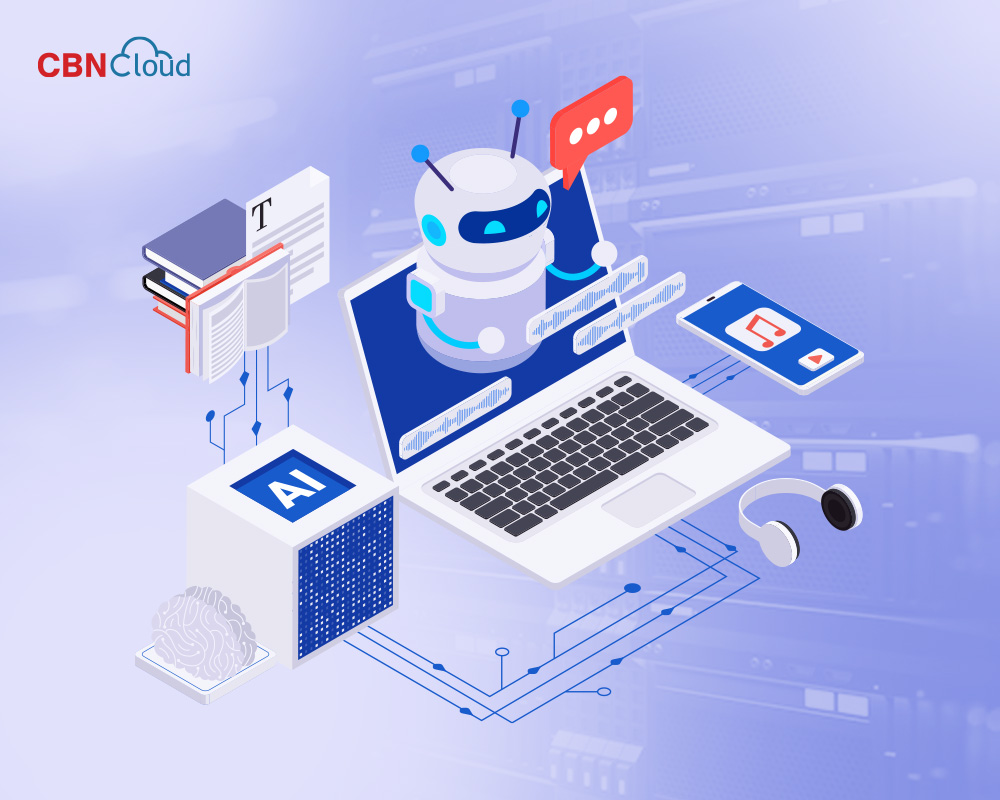
Automation begins with robots performing repetitive tasks—commonly referred to as Robotic Process Automation (RPA). As artificial intelligence (AI) advances, automation capabilities have already evolved to encompass end-to-end processes, integrating systems, and managing workflows.
The connection between RPA, AI, and Business Process Management (BPM) is what is commonly referred to as Intelligent Automation (IA).
Here’s how the flow can be illustrated in the table below:
| RPA—Robotic Process Automation | Perform repetitive tasks |
| AI—Artificial Intelligence | Mimics human thinking |
| BPM—Business Project Management | Automate workflows |
| IA—Intelligent Automation | Combines RPA, AI dan BPM |
Is Ai the Same as Automation?
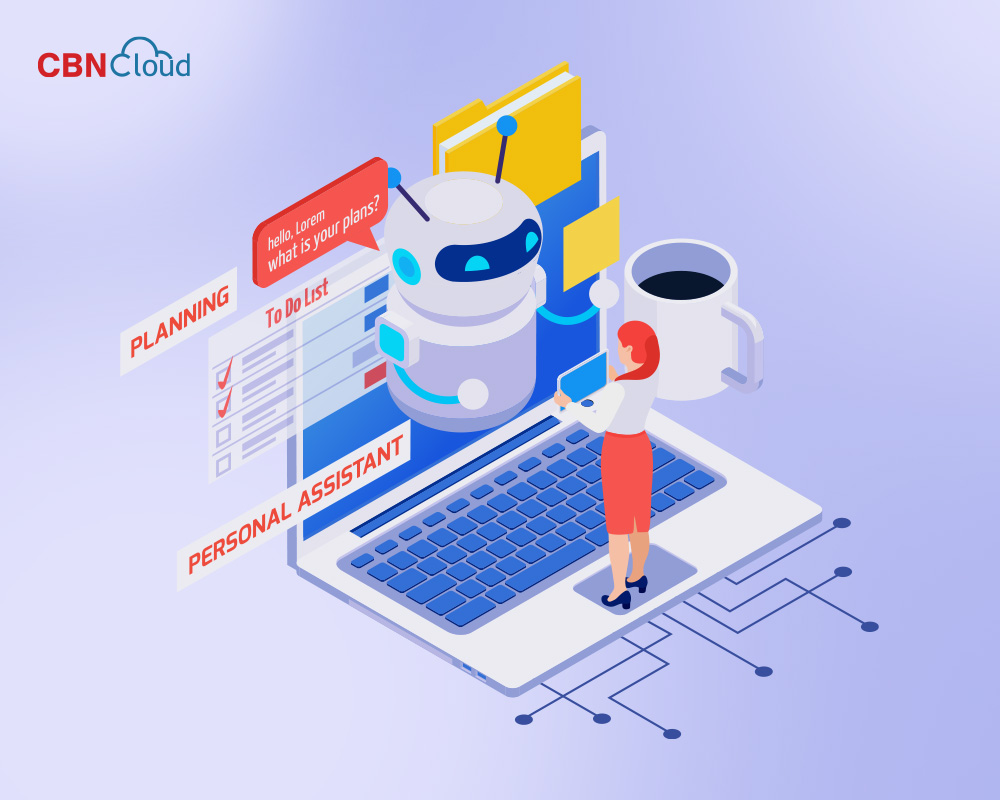
AI and automation are not the same, but they can work together to accomplish more than either can achieve alone. This collaboration is known as cognitive automation. Automation uses robots to execute rule-based instructions set by humans, reducing manual labor in routine tasks. However, if tasks go beyond programmed instructions, robots alone cannot complete them.
By integrating AI into RPA and other automation technologies, robots can follow general outlines set by humans while independently finding paths to achieve goals. AI's machine learning (ML) capabilities allow it to learn through experience, improving performance over time.
Here’s a summary of how AI and automation combine to create intelligent automation:
- Cognitive decision-making: Utilizing ML and complex algorithms to analyze both structured and unstructured data.
- Workflow automation: Connecting people and systems seamlessly.
- Administrative tasks: Automating form filling and data extraction.
AI as a technologies includes ML, Natural Language Processing (NLP), computer vision, and deep learning techniques.
Example of Collaboration Between AI and Automation

With AI-powered automation (also called intelligent automation), companies can augment their human workforce with digital IA capabilities to streamline business processes. This approach addresses skill and labor shortages while allowing employees to focus on high-value strategic tasks.
Customer Service Example:
AI-powered virtual assistants or chatbots can handle thousands of customer emails instantly, working 24/7 to reduce wait times. If the chatbot cannot resolve a query, the conversation is escalated to a human agent. This collaboration reduces workload and allows employees to focus on complex cases.
How to Achieve More Automation with AI?
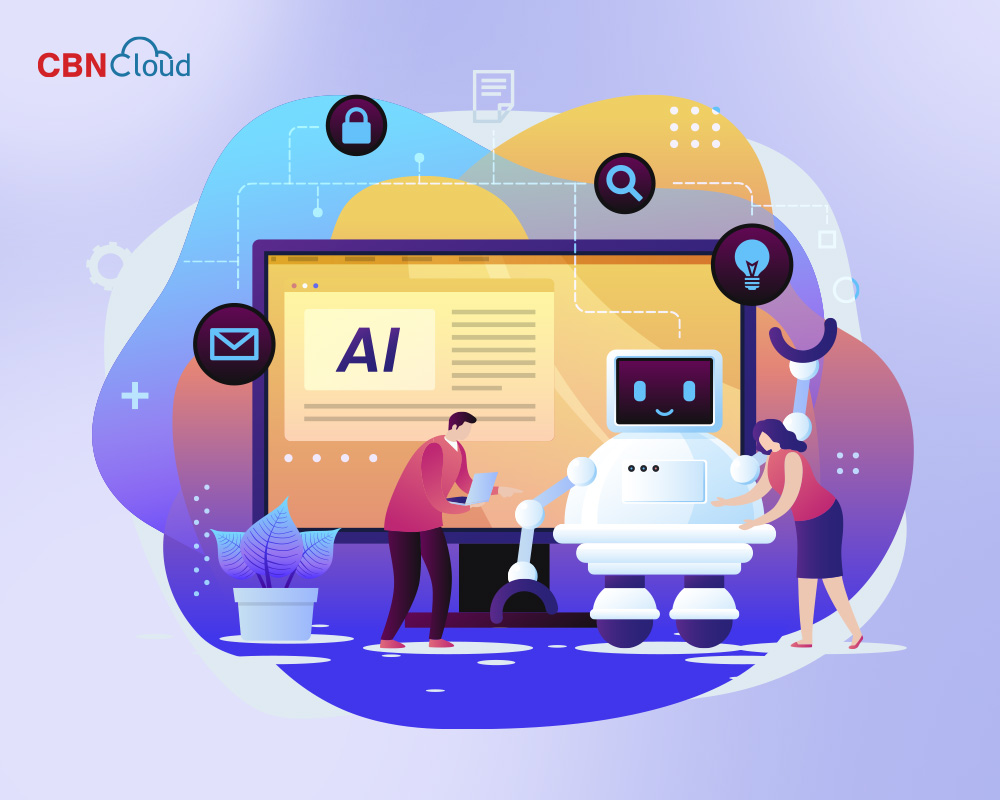
By combining automation with AI (or generative AI), you can enhance business capabilities in the following ways:
Generative AI
Interprets and creates content with human-like intelligence, such as text and images, to enhance workflows. Using NLP, generative AI can answer customer queries and improve decision-making.
Process Discovery
AI tracks real-time behavior, extracts insights, and identifies bottlenecks or improvement opportunities. After discovery, a process map is created to guide automation development.
Intelligent Document Processing (IDP)
ML-powered IDP extracts and validates data from documents like invoices, purchase orders, and applications. Generative AI extends this by understanding the context and purpose of a document for faster time-to-market.
Generative AI enhances every stage of the automation lifecycle, from process discovery to development, ongoing management, and monitoring.
How to Use AI and Automation
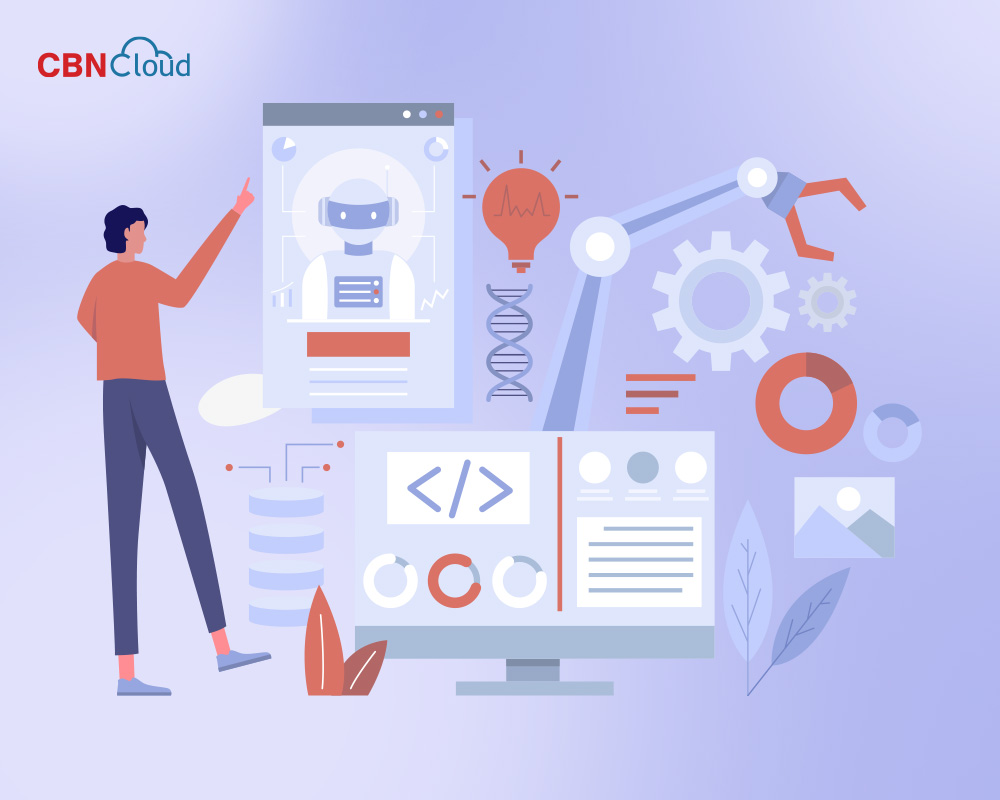
AI automation offers flexibility to improve efficiency, reduce errors, and enhance decision-making. Here are industry-specific examples:
Customer Service
AI-powered solutions resolve issues quickly or escalate complex cases to human agents, ensuring a seamless customer journey.
Finance and Banking
IA digitizes loan processes, simplifies administrative tasks like KYC and AML reporting, and detects fraudulent activity through real-time transaction analysis.
Insurance
IA automates tasks like underwriting, claims processing, compliance, and fraud detection. Digital workers gather data from various sources and notify agents to expedite claim decisions.
Manufacturing
AI-powered analysis reduces unplanned downtime, optimizes inventory levels, and supports predictive maintenance for better efficiency.
Healthcare
Automation simplifies appointment bookings and medical record management. AI supports diagnostics by analyzing medical images, enabling faster and more accurate treatment plans.
Benefits of AI Automation
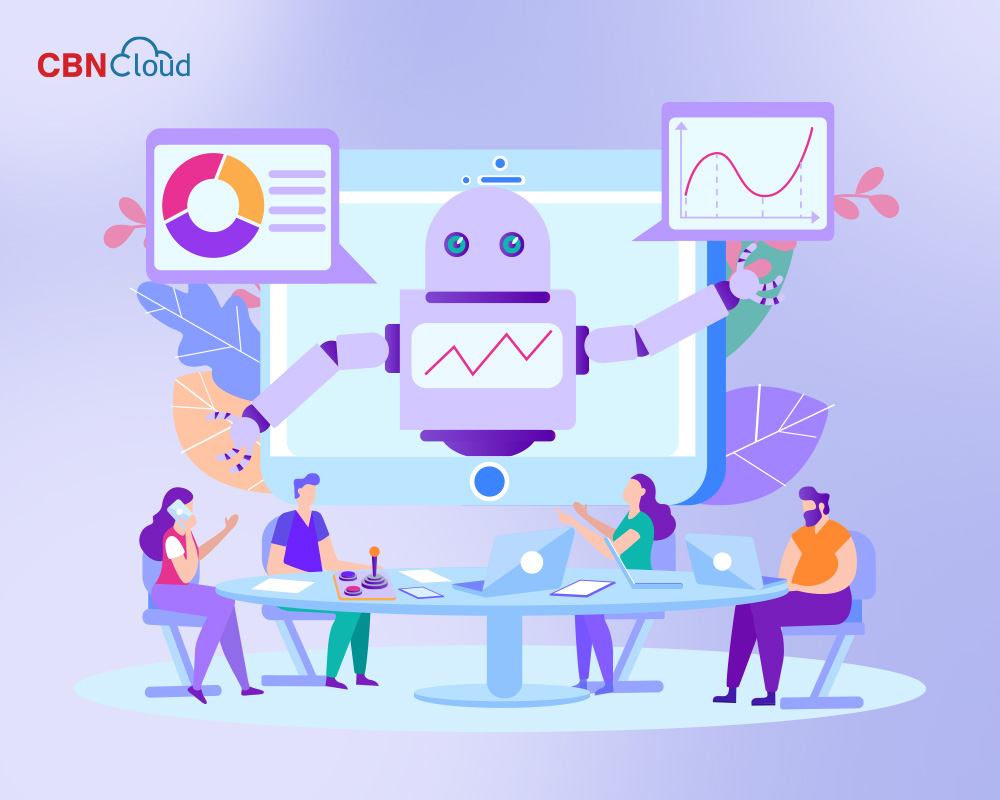
The reason more organizations are turning to AI-powered automation is due to its business benefits. AI’s powerful processing capabilities enhance the speed, efficiency, and scalability of automation, helping you achieve better returns on investment (ROI).
Team Productivity
AI automation assistants improve team performance by implementing AI use cases across systems, from summarizing content to providing decision-making insights. AI systems can process large amounts of data at high speed, 24/7.
Customer Experience
Automated systems deliver higher-quality, more reliable, and consistent outputs, whether in customer service, products, or other services.
Scalability and Integration
By leveraging quality data, generative AI can rapidly scale operations while maintaining security and compliance. Generative AI uses natural language to automate requests across systems and generate personalized, summarized content to facilitate access to relevant information.
Cost Reduction
Automated systems improve consistency, accuracy, and resource allocation optimization. This accelerates productivity and reduces costs associated with repetitive tasks and corrections.
Digital Transformation
Generative AI is reshaping the nature of work, empowering people to rethink an organization’s automation journey in new ways. It enables non-technical developers to quickly create automation workflows using natural language prompts, adhering to established guidelines and regulations.
How Does AI Automation Software Work?
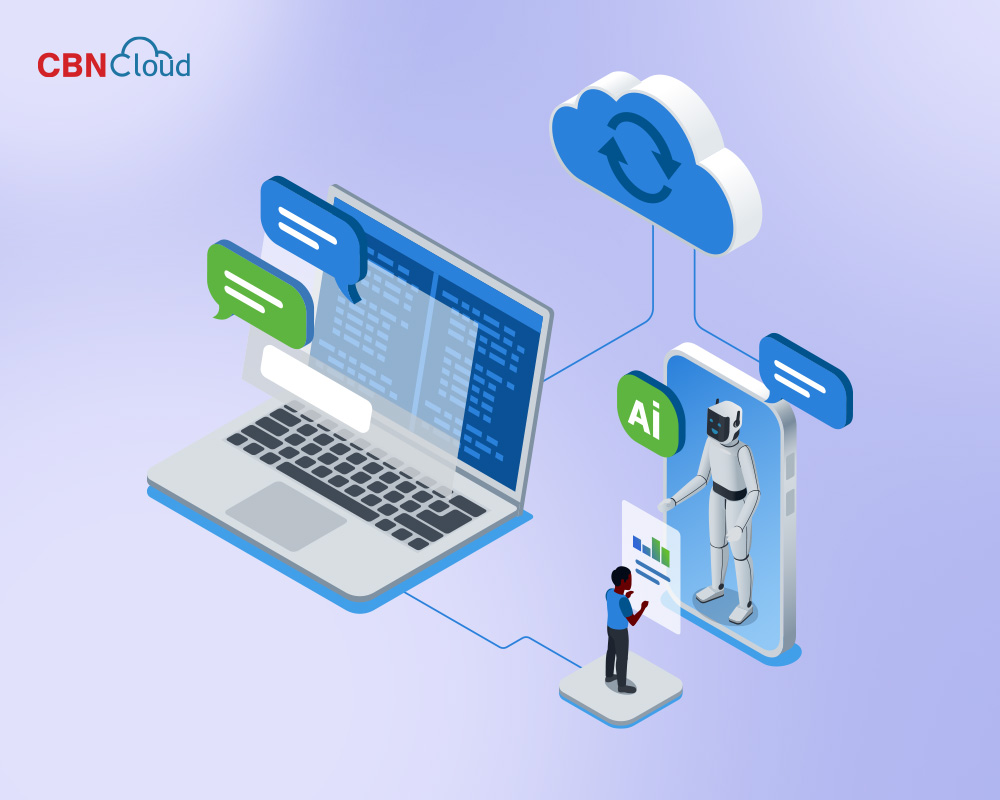
Ada banyak jenis software kecerdasan buatan. Sebelum memilih alat otomatisasi, pertimbangkan apa tujuan bisnis Anda dan jenis proses yang ingin diotomatisasi. Sebagai panduan, mari kita lihat beberapa aspek penting dari software otomatisasi AI.
Foundation Model
A foundation model is a pre-trained model that serves as the basis for various AI tasks, including natural language processing (NLP). These models are typically trained on vast amounts of text and data to enable them to understand and generate human-like language. This capability can then be further fine-tuned for specific applications.
One example of a foundation model is the generative pre-trained transformer (GPT-3) released by OpenAI in 2020.
Cloud Services
Cloud-based automation allows organizations to operate without delays or reliance on specialized skills while maintaining high levels of security and governance. The cloud is designed to lower the total cost of ownership, enabling organizations to fully deploy, support, and scale their automation programs in the cloud. Many cloud providers are also beginning to offer hybrid cloud implementation options.
Automate Responsibility
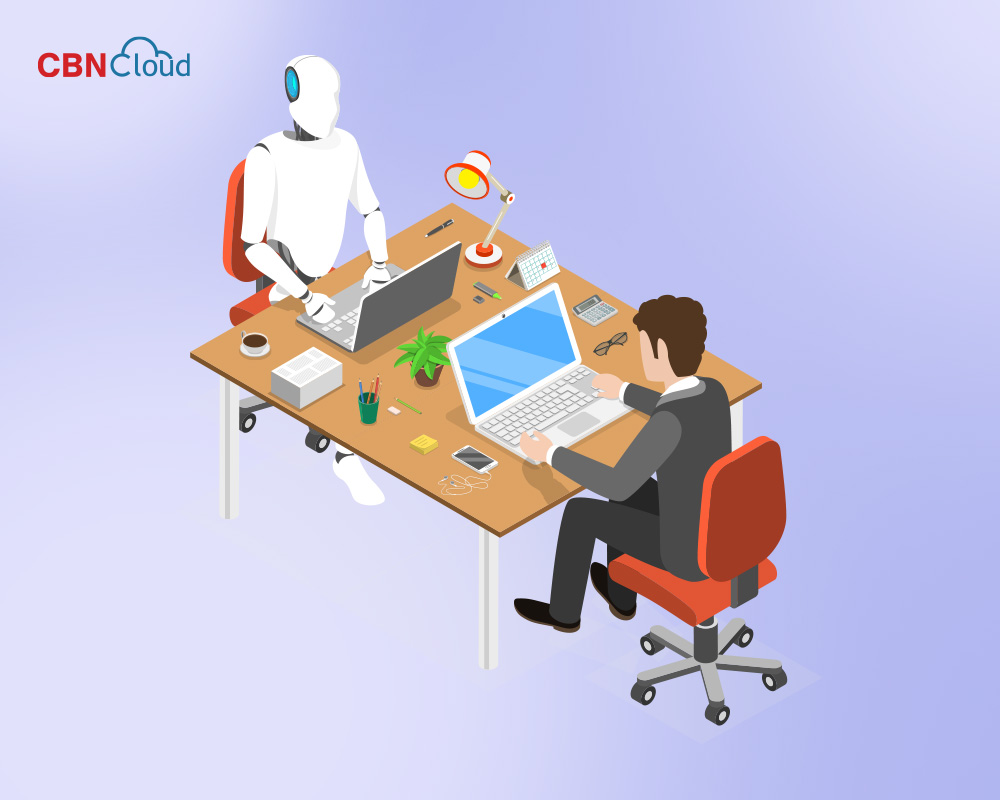
AI-powered solutions, particularly generative AI, represent a rapidly evolving technological innovation. As regulations surrounding this technology advance, it is crucial for organizations to ensure compliance and data security before deploying applications. Here are some key considerations to keep in mind:
- Integrate High-Quality Language Learning Models (LLMs) of protecting data to ensure secure and reliable automation processes.
- Incorporate Human Oversight in AI-powered automation to ensure outputs are accurate and aligned with the business model.
- Establish an Audit Trail implement mechanisms to track automation activities, monitor user activity, and prevent unauthorized access, ensuring compliance with regulations.
- Enforce Controlled Access grant appropriate access levels to users to safeguard corporate and customer data.
- Monitor AI Activities and Governance continuously document AI models and maintain an audit pipeline to demonstrate how AI is trained, tested, and behaves throughout its lifecycle. This includes identifying potential risks. AI governance is particularly crucial in highly regulated industries, as it helps avoid penalties and ensures transparency.
Conclusion
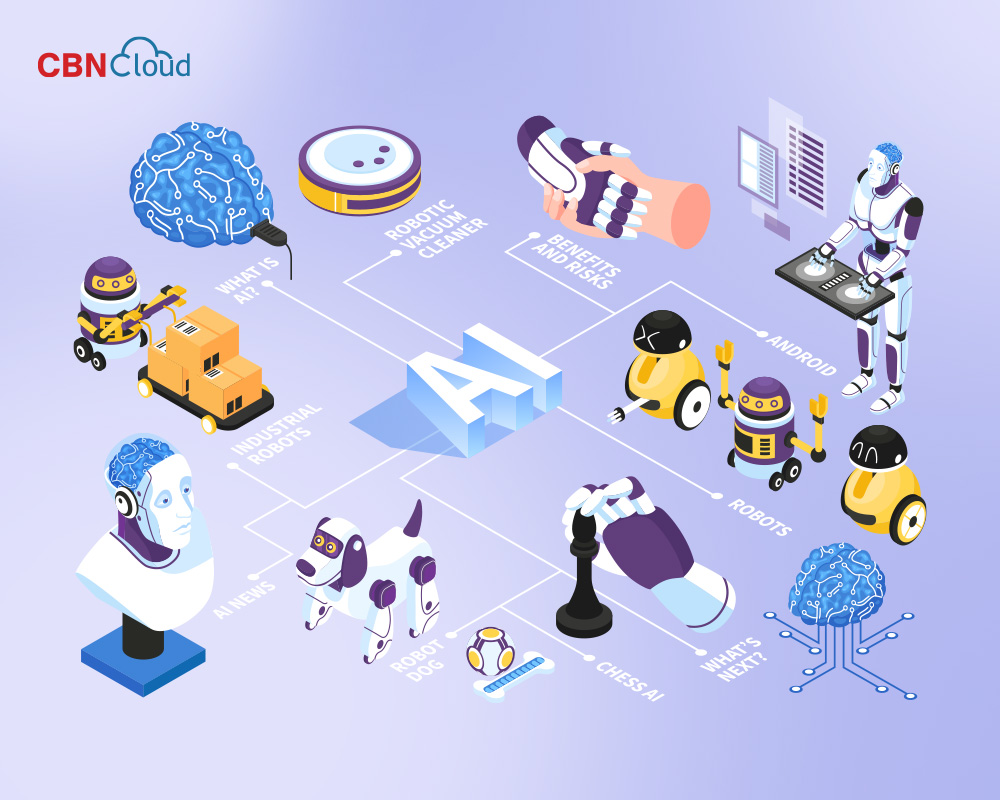
We have learned that AI automation, or intelligent automation, leverages the cognitive "thinking" capabilities of AI combined with the "task execution" capabilities of RPA to simplify business processes. And now, with the emergence of generative AI, the possibilities for automation have become even broader.
Here are the key points you’ve learned to achieve more automation with AI:
- Ensure robust AI governance, data security, and quality for AI training models.
- Consider intelligent automation use cases in your business and identify how to maximize the benefits. Develop a detailed plan for automation before implementation.